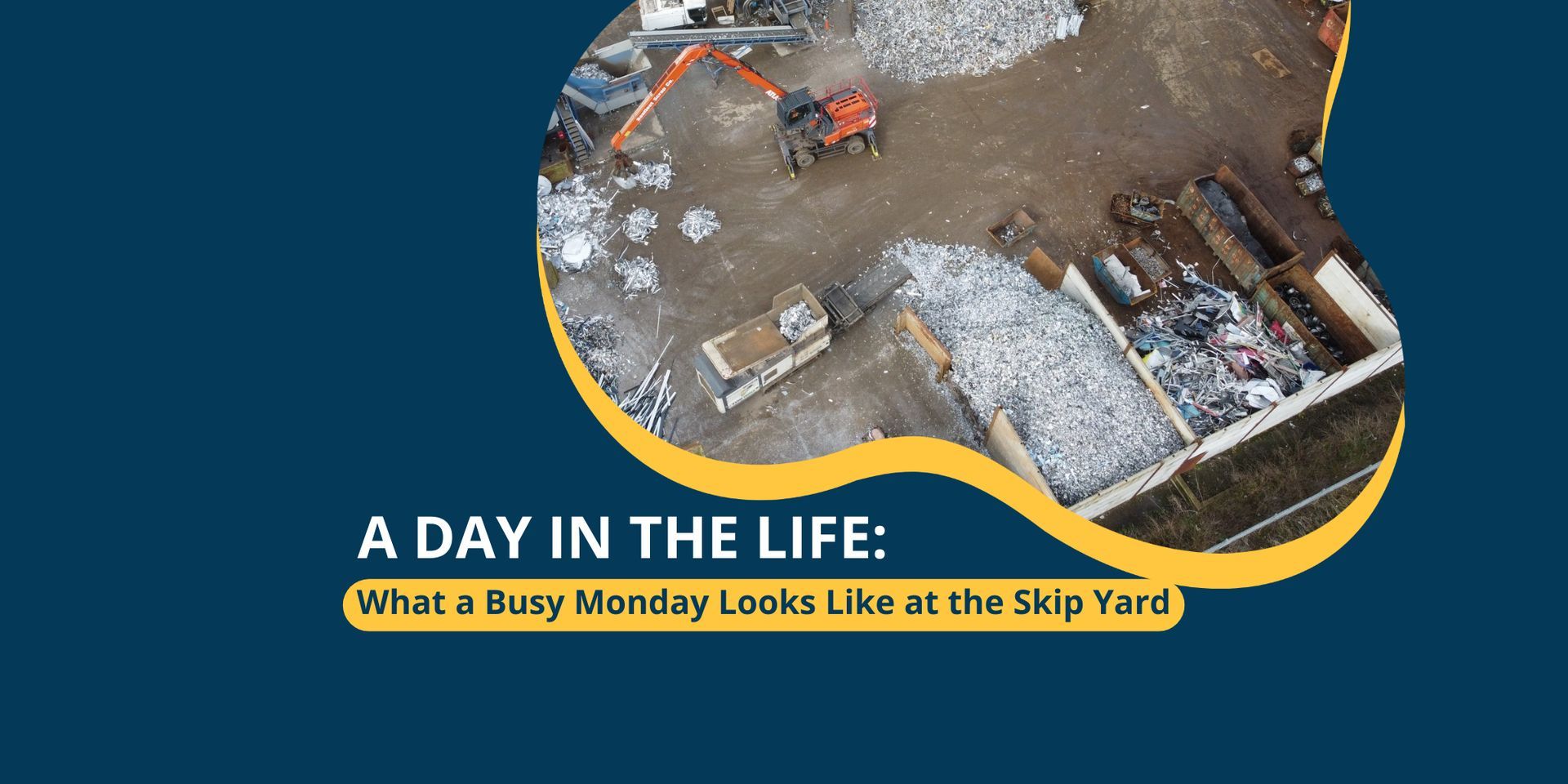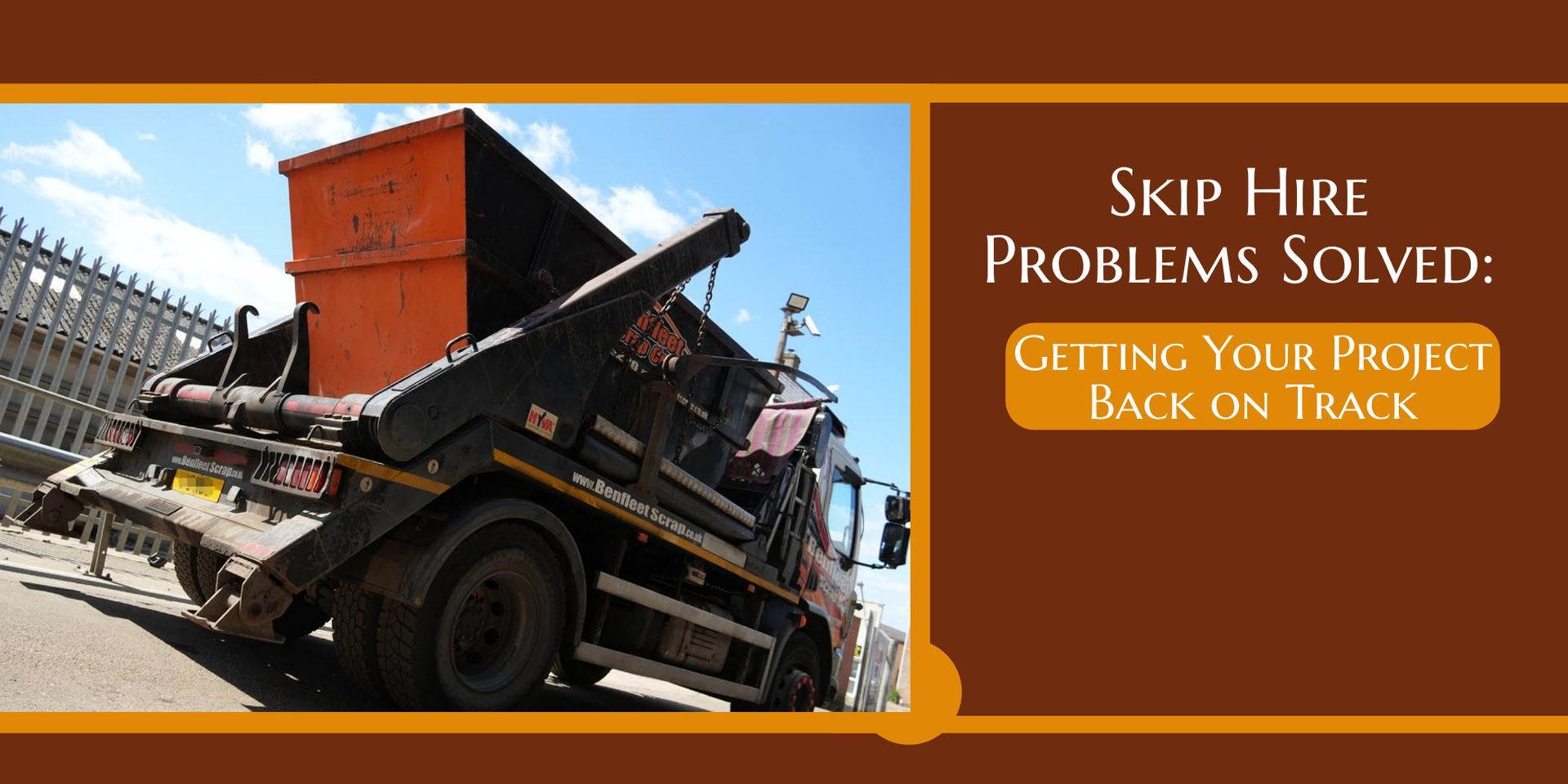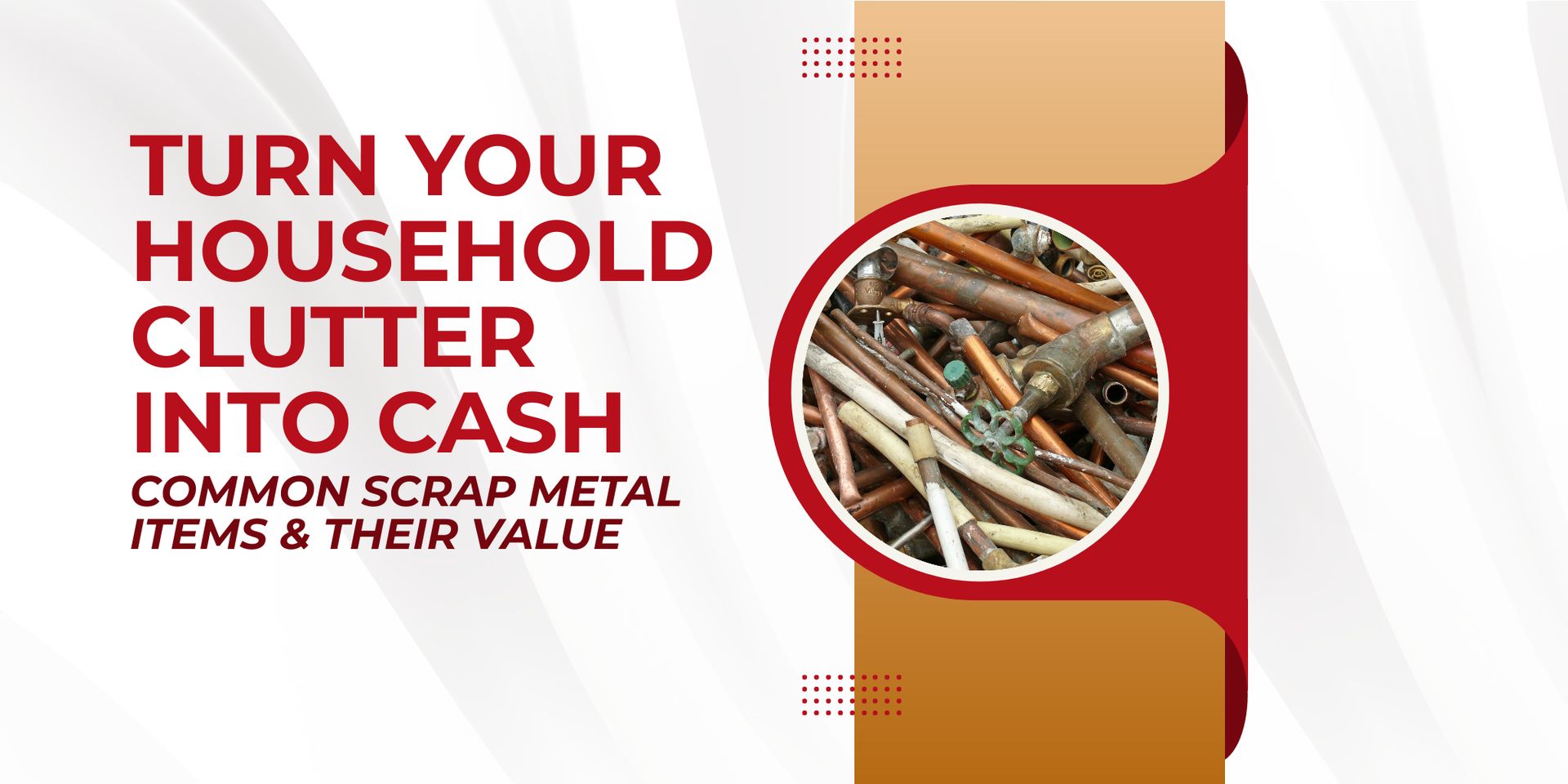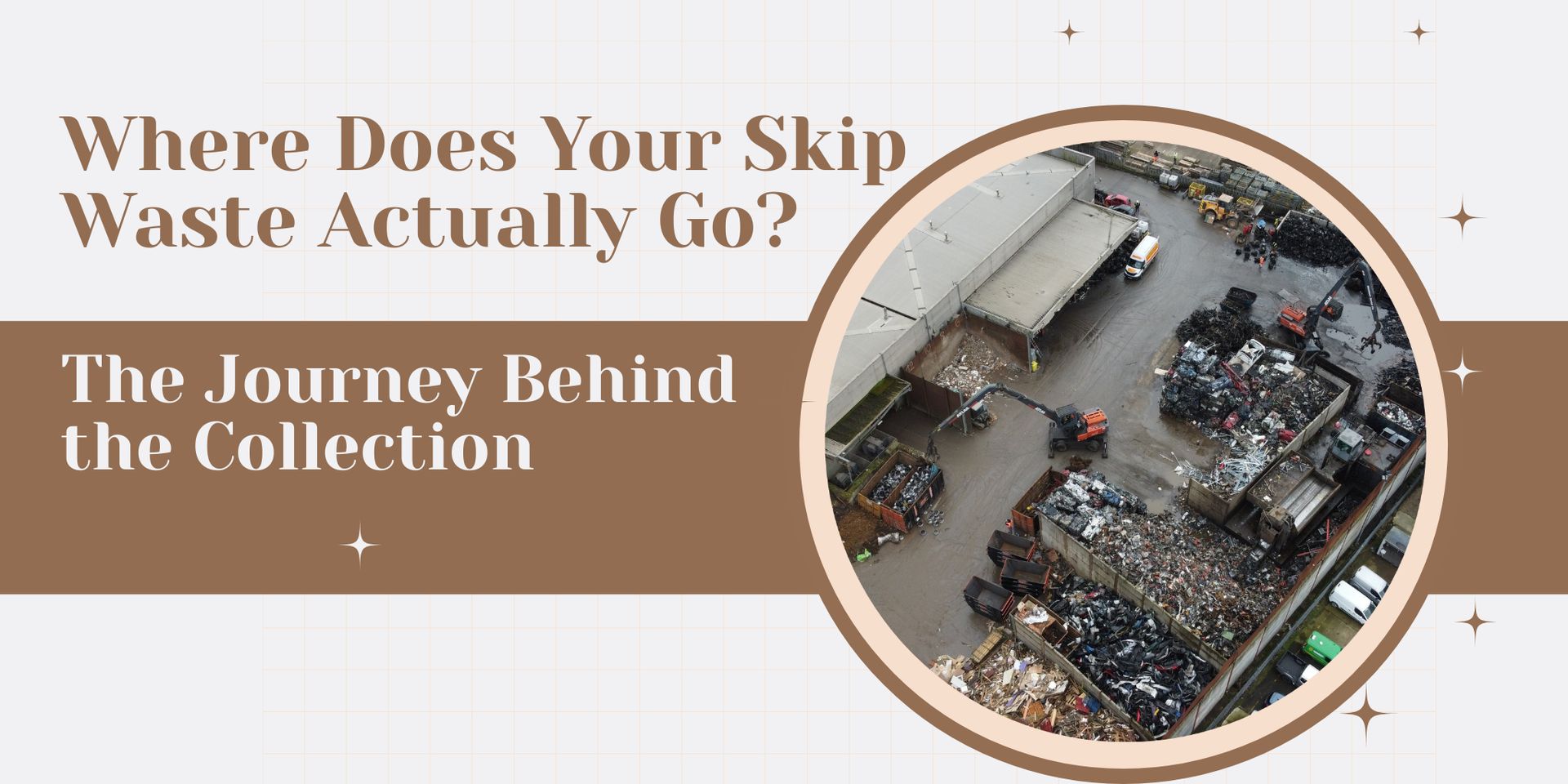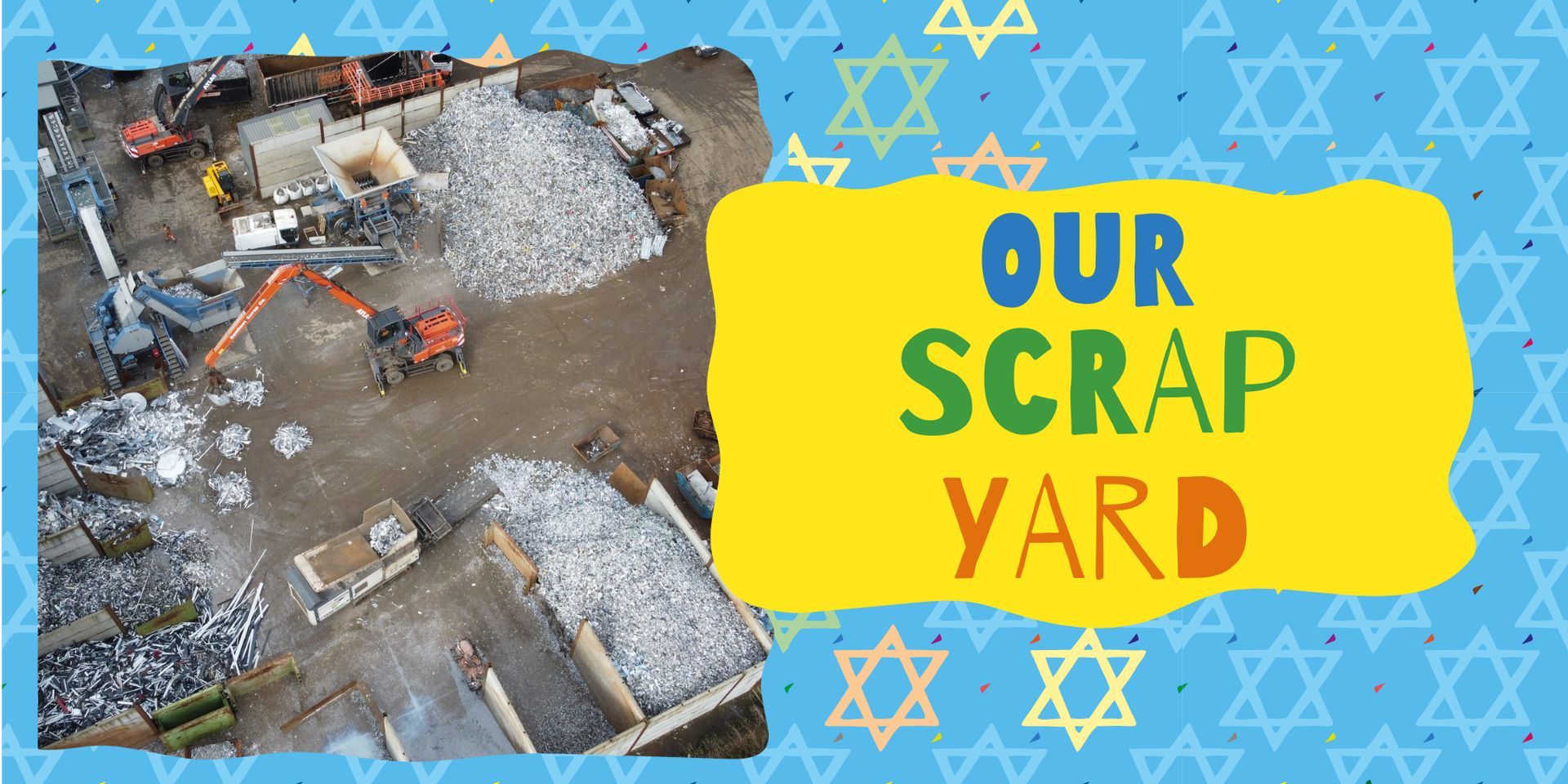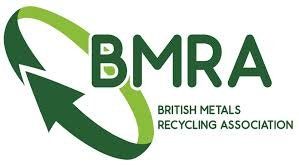A Comprehensive Guide to Metal Recycling: Turning Scrap into Sustainability
The importance of recycling metal
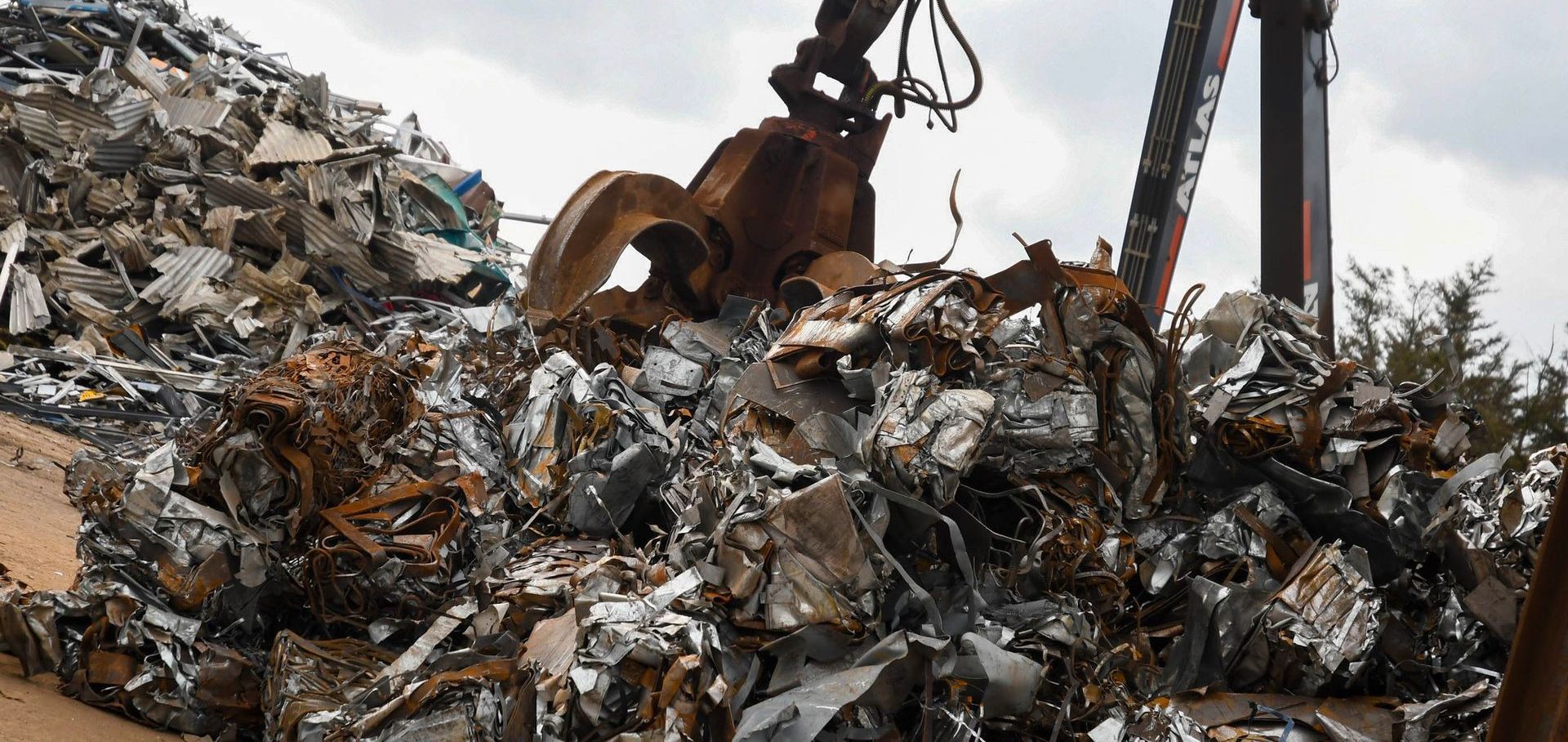
In a world that is becoming increasingly conscious of environmental issues, recycling has emerged as a crucial aspect of sustainable living. One area where recycling can make a significant impact is in the realm of scrap metal. From discarded appliances to old car parts, metal scrap is abundant and often overlooked in our daily lives. In this guide, we will explore the importance of recycling metal, the benefits it brings to the environment, and provide a step-by-step guide on how you can effectively scrap and recycle metal.
The Environmental Impact of Metal Recycling
- Conservation of Resources: One of the primary benefits of recycling metal is the conservation of natural resources. Mining and extracting metal ores can be environmentally destructive, leading to deforestation, habitat destruction, and soil erosion. By recycling metal, we reduce the demand for new raw materials, preserving natural resources for future generations.
- Energy Savings: The production of metal from raw materials is an energy-intensive process. Recycling metal consumes significantly less energy compared to extracting it from ore. For example, recycling aluminium requires only 5% of the energy needed to produce aluminium from bauxite ore. By recycling, we can reduce greenhouse gas emissions associated with energy-intensive manufacturing processes.
- Reduction of Landfill Waste: Metal items that end up in landfills contribute to the growing problem of waste disposal. Many metals do not biodegrade and can persist in landfills for hundreds of years, potentially leaching harmful substances into the soil and water. Recycling metal helps divert these items from landfills, mitigating the environmental impact of waste disposal.
The Metal Recycling Process
- Collection: Start by collecting metal items from your home, workplace, or community. Common household items like aluminium cans, steel appliances, and copper wiring are excellent candidates for recycling.
- Sorting: Proper sorting is crucial to the recycling process. Separate different types of metals to ensure efficient recycling. Common categories include ferrous metals (iron and steel) and non-ferrous metals (aluminium, copper, brass).
- Preparation: Remove any non-metal components, such as plastic or rubber, from the items you are recycling. Clean the metal to eliminate contaminants that could affect the recycling process.
- Transportation: Once sorted and prepared, transport the metal to a local recycling scrap yard.
- Recycling Center: At the recycling centre, the metal is processed through various methods, including shredding, melting, and refining. The goal is to transform the scrap metal into reusable raw materials for manufacturing.
- Manufacturing: The recycled metal is then used to manufacture new products, completing the recycling loop. This step reduces the need for extracting new raw materials and minimises the environmental impact of metal production.
Conclusion
Recycling metal is a powerful way for individuals and communities to contribute to environmental sustainability. By understanding the importance of metal recycling and following the simple steps outlined in this guide, you can play a vital role in conserving resources, reducing energy consumption, and minimising the environmental impact of metal production. Together, we can turn scrap into sustainability and build a more environmentally responsible future.
If you have a question about this blog (or any of our other blogs) then please do not hesitate to get in touch.
We will always try and answer your question quickly and professionally.


